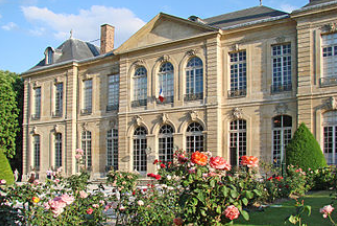
In 2015 my husband and I spent several days in Paris. The friends we were traveling with were surprised that, out of all the amazing stuff to do in the City of Light, we decided to visit the Musee Rodin, a relatively small museum that was in the throes of renovation and that featured only one artist.
I went because I was plotting Hell’s Gate (which will be out soon) and needed to have a picture in my mind of what the Gate, a device that strips away the magic of anyone who walks through it, looks like. Years ago, I had seen portions of Rodin’s “The Gates of Hell” at the Rodin exhibit at Maryhill Museum of Art , and decided that my Gate would look something like this. But I really wanted to see the entire piece.
My husband went because he’s my husband and he loves me. He also likes art museums.
Rodin began work on “The Gates of Hell” in 1880 when The Directorate of Fine Arts commissioned him to create an entryway to a Decorative Arts Museum they were planning to build. According to the Musee Rodin, the Directorate requested that the entrance commemorate Dante’s Divine Comedy, Wikipedia says the subject was left up to Rodin. Either way, I can’t imagine a less inviting entrance to an art museum than “The Gates of Hell.”
But, even though the museum was never built, Rodin continued to work feverishly on the massive, complex sculpture until 1890 and in fits and starts until his death in 1917. Although he never completed the Gates, many of its figures were enlarged and became some of his most famous sculptures. In 1917 the component parts of the “Gates of Hell” were at last assembled according to Rodin’s latest model to make three original bronze casts, one of which is the one I saw at the Musee Rodin.
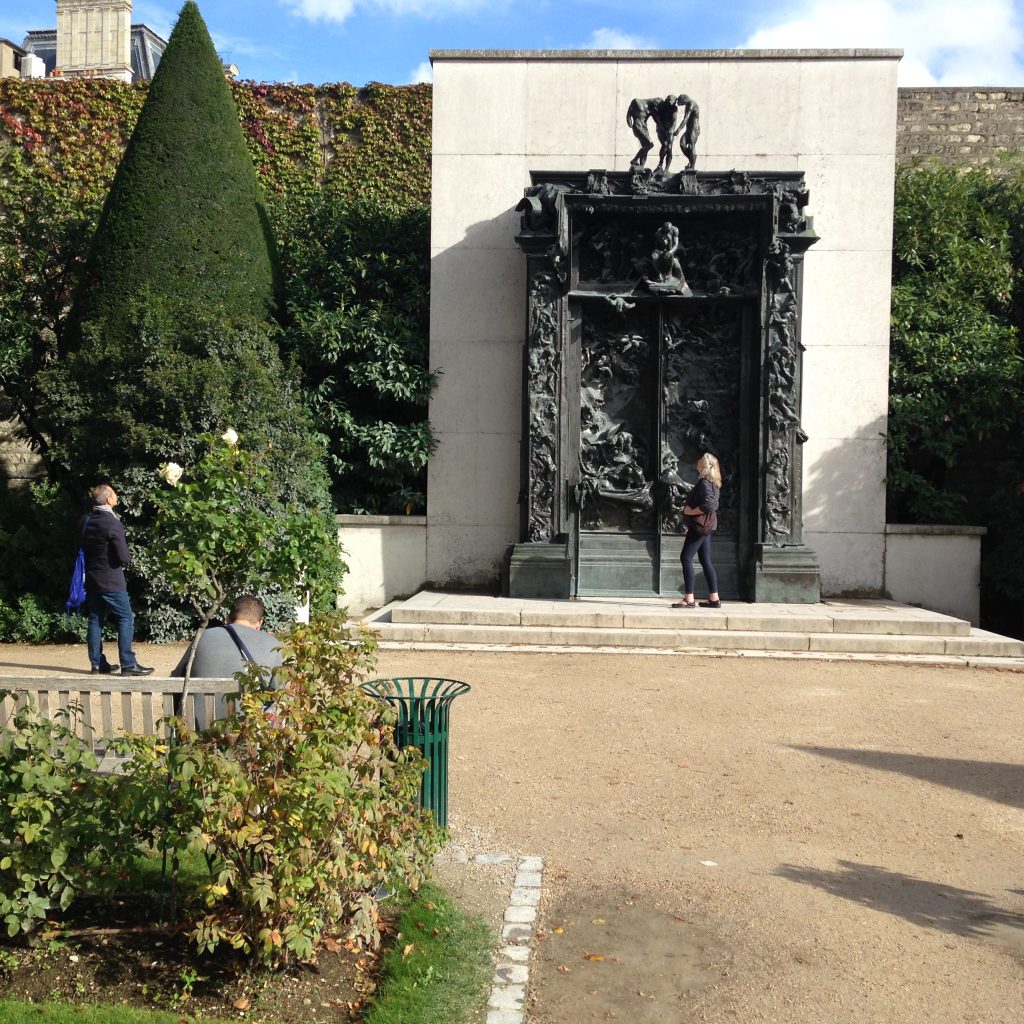
It was terrifying and awe inspiring. It depicted so much pain that I had to force myself to look at the details. My eyes tended to slide away form the masses of tortured figures. “The Three Shades” at the very top were originally pointing at a sign that said, “Abandon hope all ye who enter here.” Rodin decided to leave out the sign. He probably thought it would be redundant.
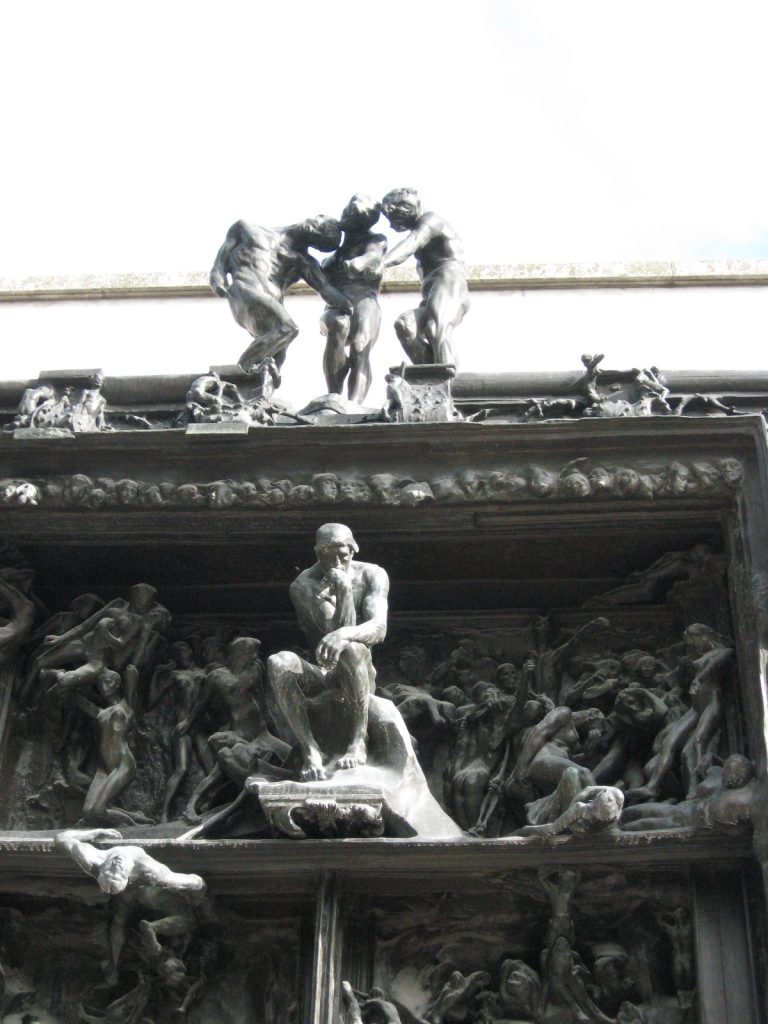
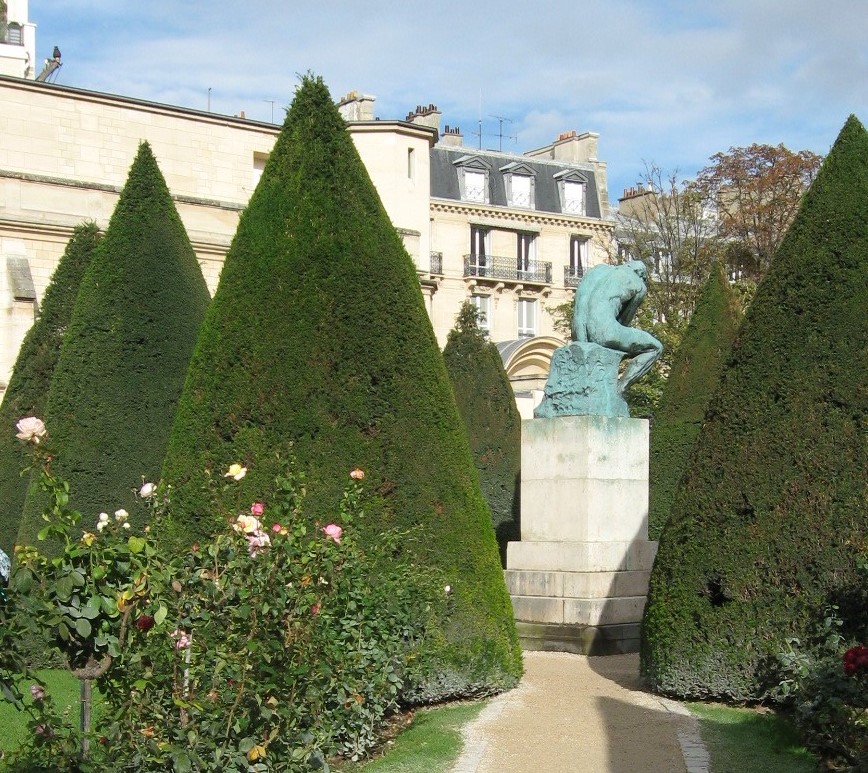
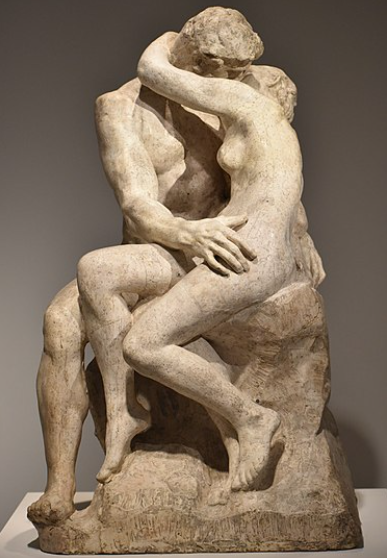
The trip to the museum was well worth the time. I knew exactly what my Gate would look like, but had a suspicion that no matter how vividly I described it, it wouldn’t be nearly as mind boggling as Rodin’s sculpture.
Below is the cover of “Hell’s Gate.” It shows The Illustrator’s (Ture Ekroos) take on my description of the Gate.
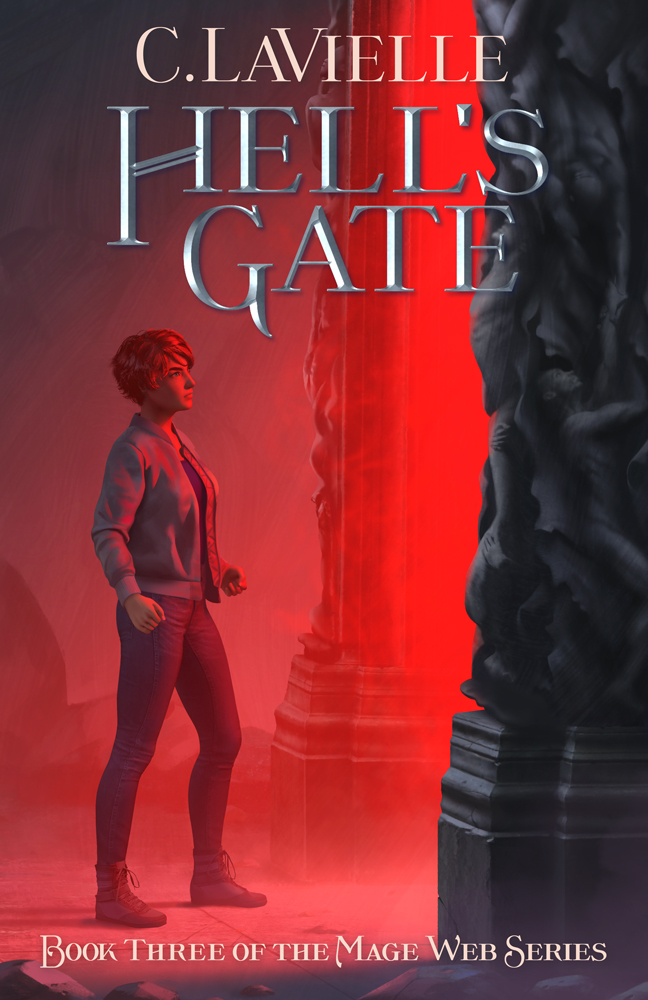


6 thoughts on “The Gates of Hell”
Amazing Gate! Best wishes with your book. Looking forward to it. Marlèn
Thank you!
Every time I’ve been lucky enough to get to Paris I’ve spent at least half a day at Musee Rodin. Hell’s Gate reaches out to you and grabs something in your core. You’re left with a visceral memory that no photo can convey. May your new book be successful and as impactful. John
Yes, it’s an amazing piece. Thank you for your good wishes.
I am so, so, so looking forward to this book! This tale of researching the Gates just reinforces all of the thought and hard work that you have put into this book and the previous two. I’m sending you (and Craig) my love and admiration!
Thank you!
And sending love and admiration right back atcha!